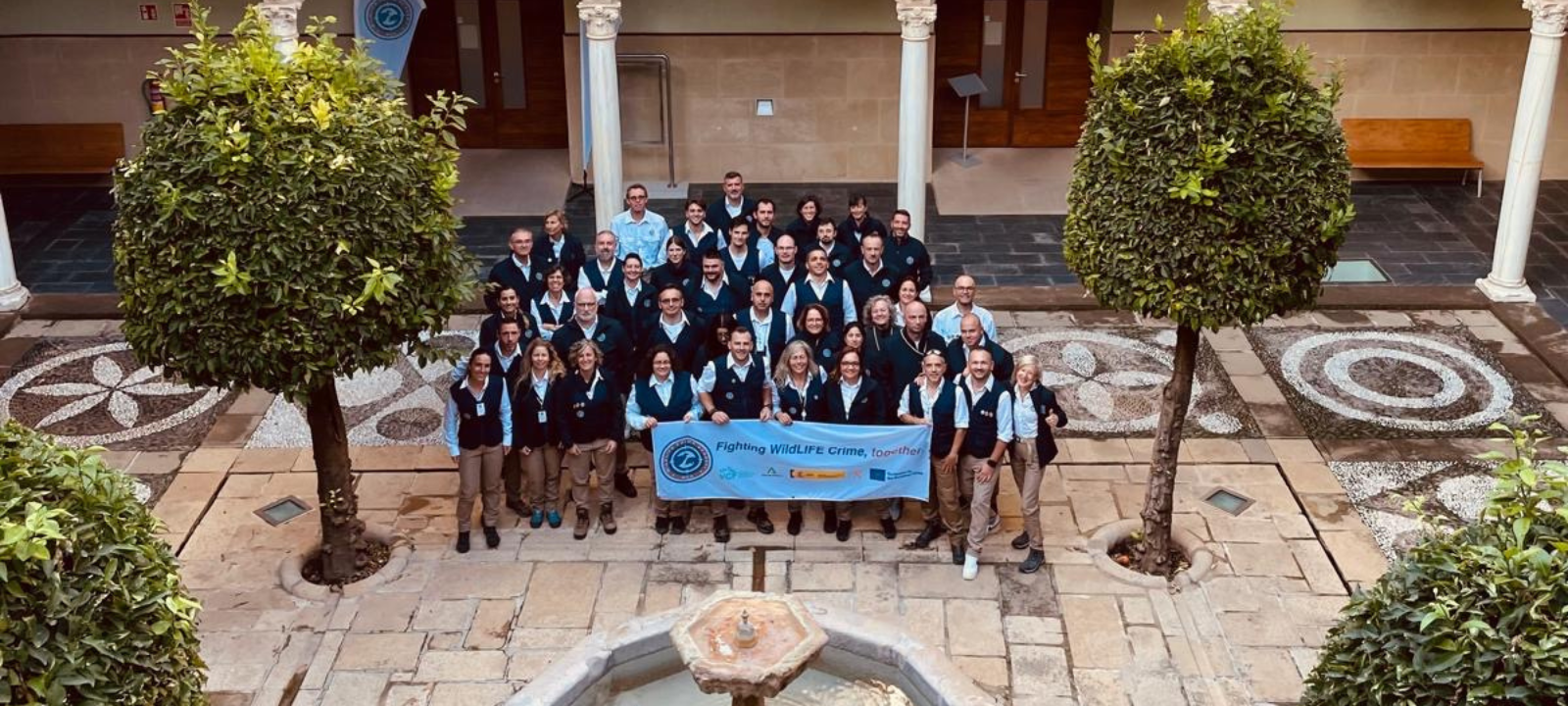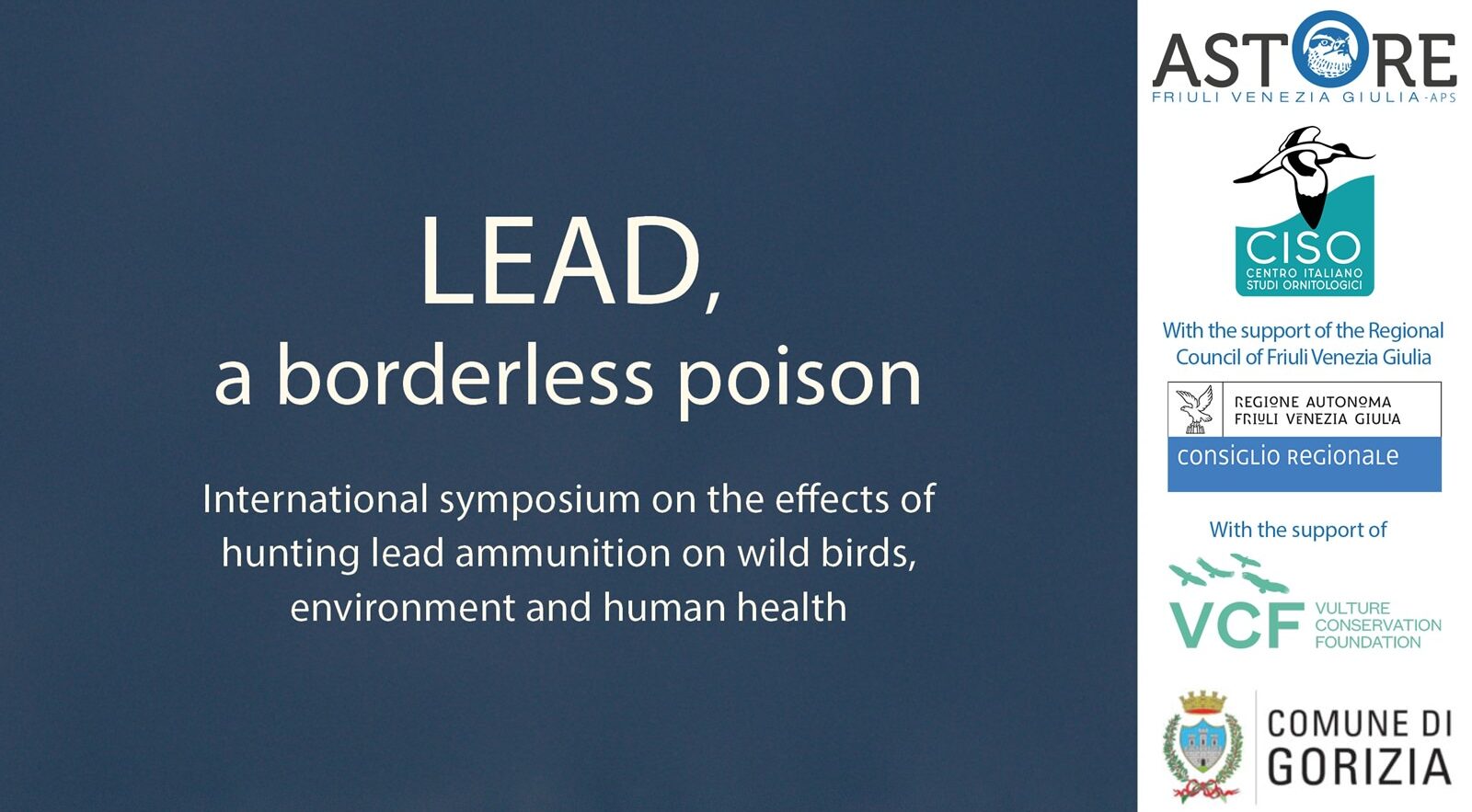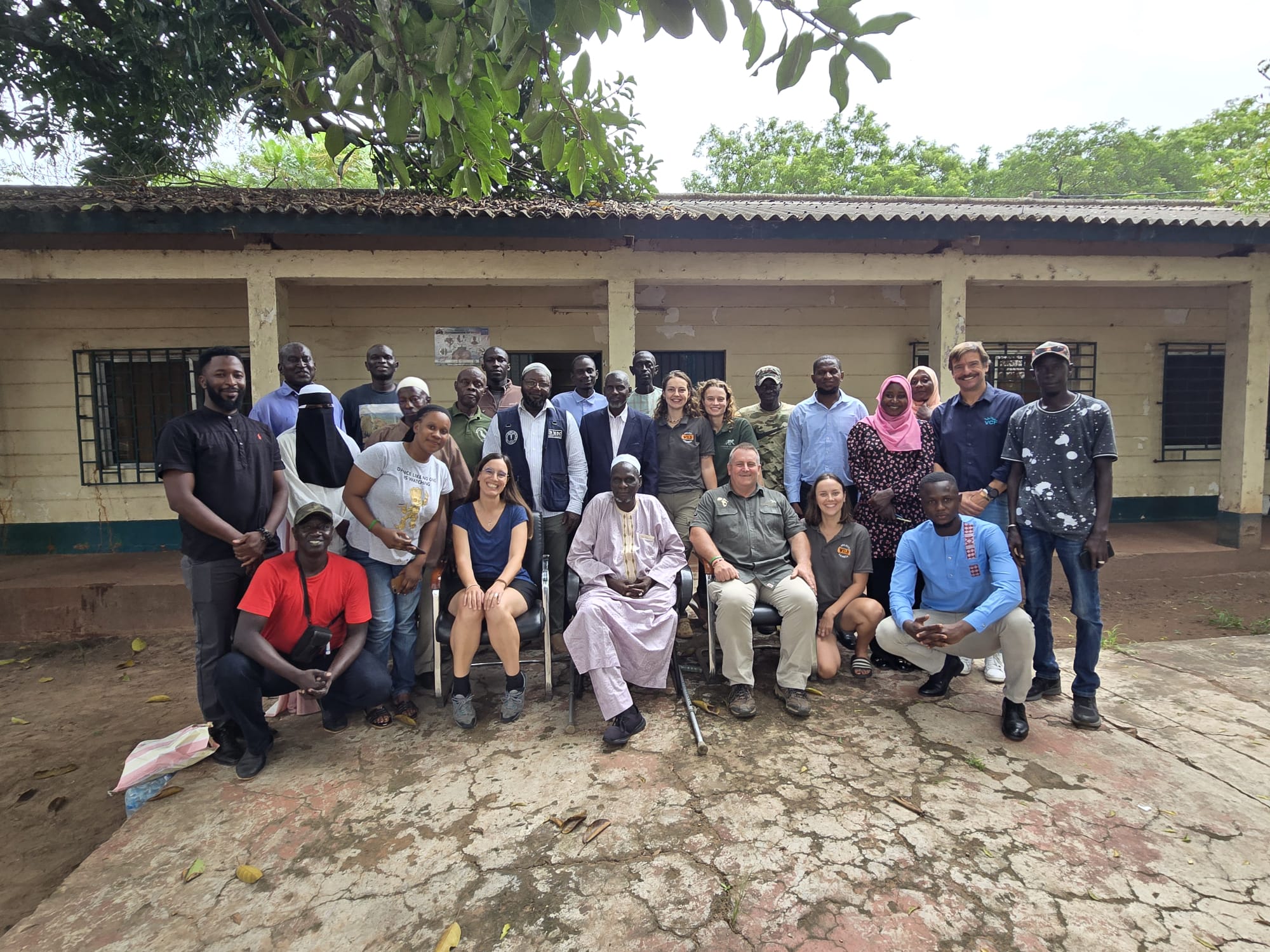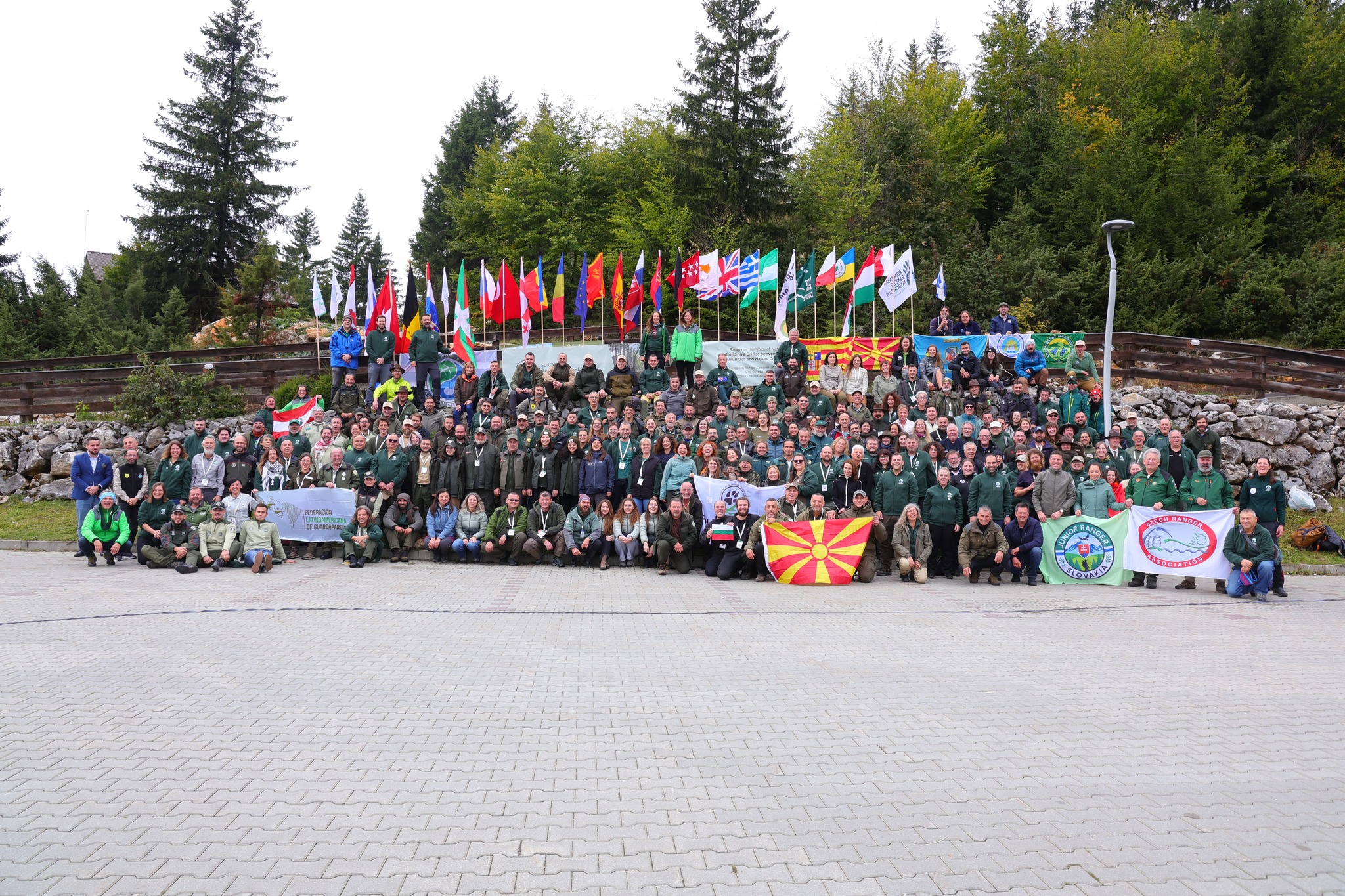Illegal wildlife poisoning is a serious and often hidden problem across the Balkans — one that damages biodiversity, harms animals and affects rural communities.
To tackle this, the BalkanDetox LIFE project launched a regional communication strategy aimed at raising awareness, changing attitudes, and driving action. Through targeted messaging and creative outreach, project partners across six countries helped bring this often-overlooked issue into the public spotlight.
What follows is a reflection on what we learned — the key challenges we faced, the approaches that proved most effective, and the insights that can guide future efforts.
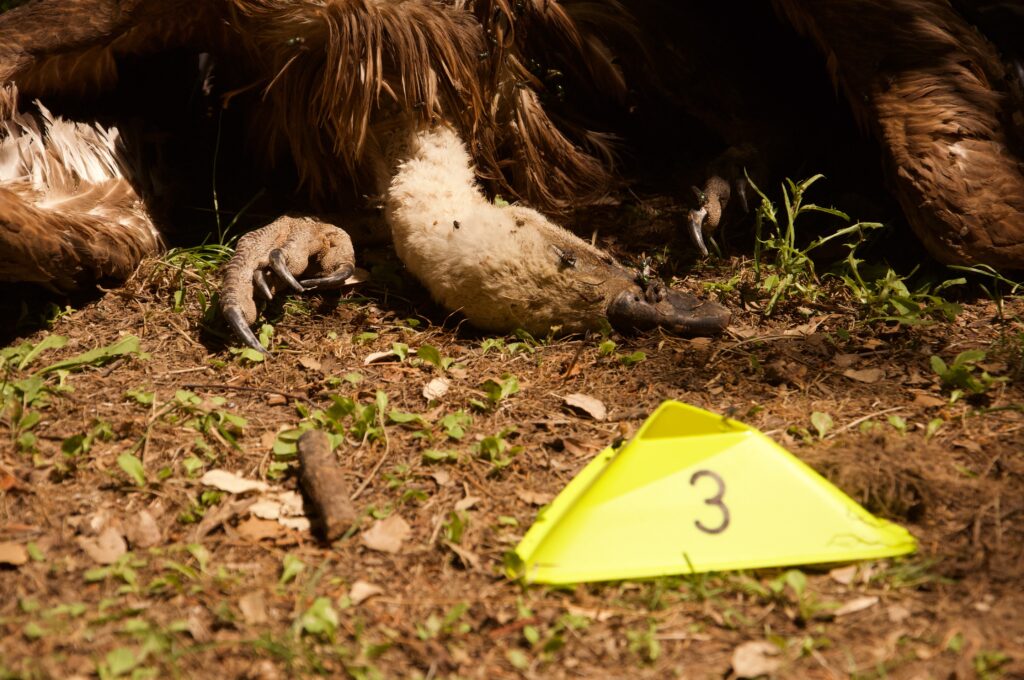
Challenges
1. Low awareness and topic sensitivity
- In many areas, limited environmental awareness made it difficult to position poisoning as a serious public concern.
- People were often hesitant to engage with difficult or uncomfortable subjects, especially when it involved poisoned animals or illegal activity.
- In some communities, deep-rooted attitudes — or even just one vocal opponent — were enough to stall or shut down local outreach efforts.
2. Difficulty reaching rural audiences
- In regions with poor internet access, digital campaigns simply couldn’t reach many of the people most affected.
- Even with direct invitations and support from local media, public events and lectures often saw low turnout.
- Groups like farmers and livestock breeders — central to the issue — were especially difficult to involve through traditional formats.
3. Media and institutional barriers
- In some contexts, even high media coverage didn’t translate into follow-up by institutions or authorities.
- Wider political or social issues often took priority over environmental concerns, even when the latter were serious ones
- To gain traction with the media, messaging had to be short, visually striking, and supported by credible partners.
What worked best
1. Strategic media engagement
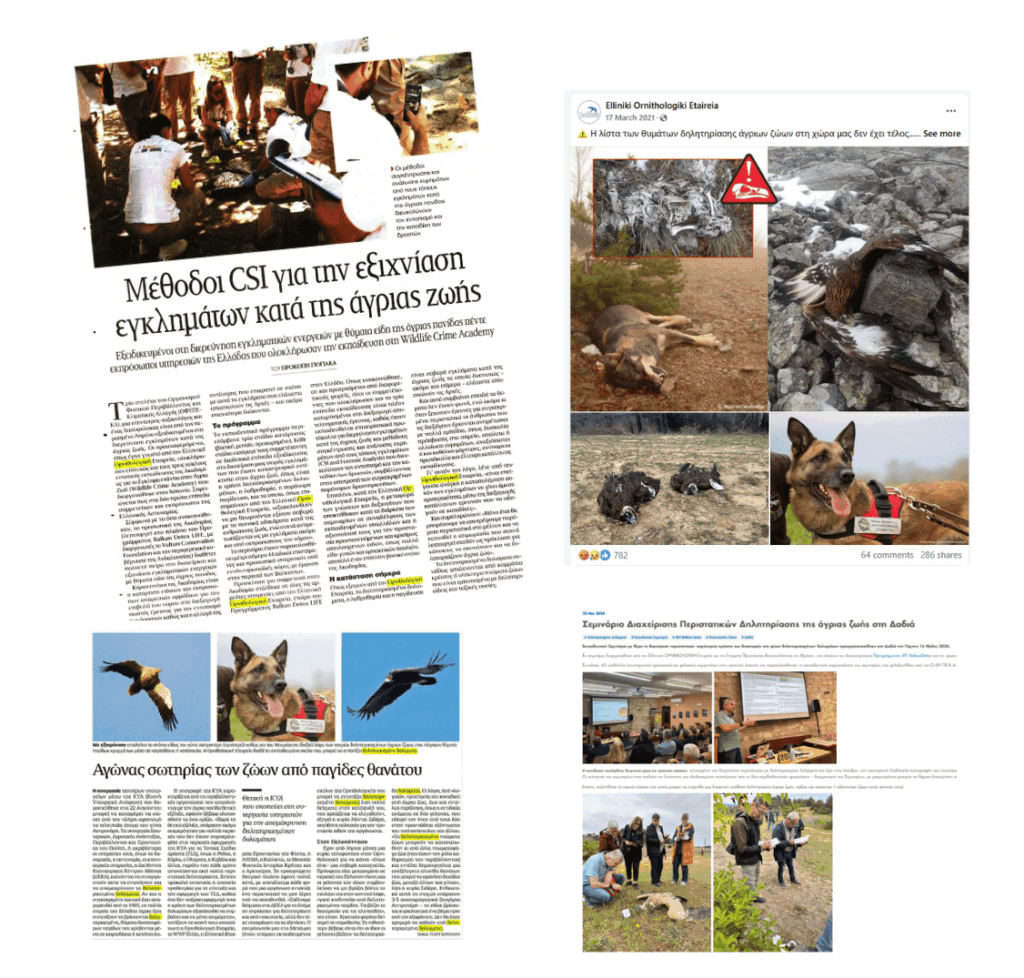
- Working with national media, including live TV interviews, helped raise awareness at a broader level.
- Coordinated communication — press releases followed by social media posts — ensured that messaging stayed consistent and visible.
- Partnering with established institutions, such as judicial training centres, increased credibility and helped reach key decision-makers.
2. Youth and community-based outreach
- School visits and interactive games helped turn a complex subject into something children could understand — and talk about at home.
- Creative tools like branded T-shirts and educational materials helped build emotional engagement and a sense of local pride for nature.
- Engaging children proved effective — they are not the ones poisoning wildlife, but they can influence the adults who might.
3. Visual storytelling and emotional framing
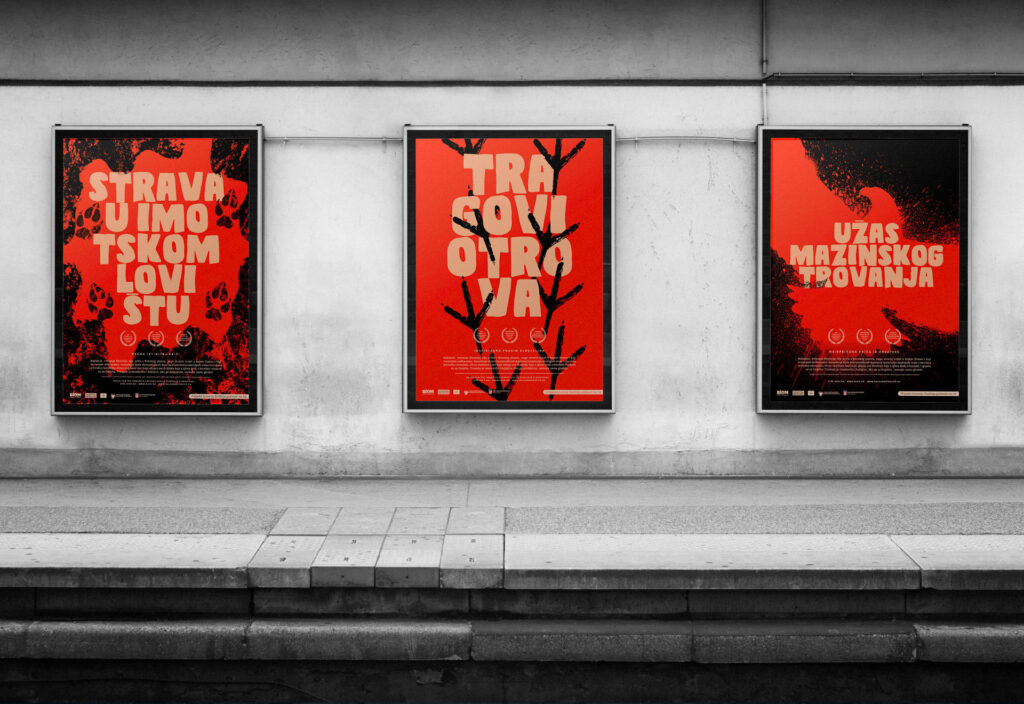
- Visually bold campaigns grab public attention in ways that traditional messaging could not.
- Short videos and strong imagery made the issue feel immediate and personal, even to those unfamiliar with the topic.
- Design and content that reflected local realities made campaigns more relatable and appealing to both communities and institutions.
4. Personal connection and trust-building
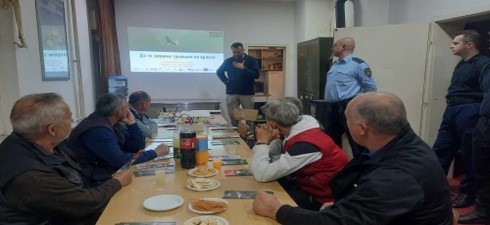
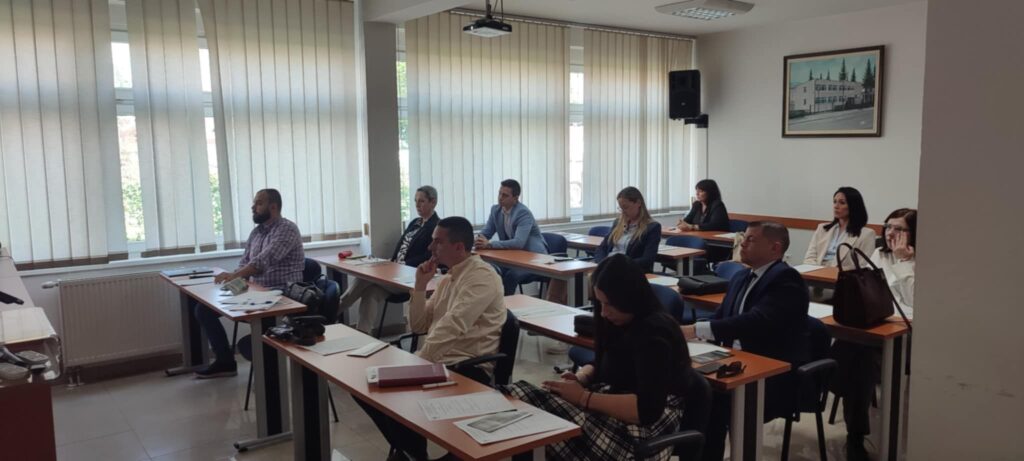
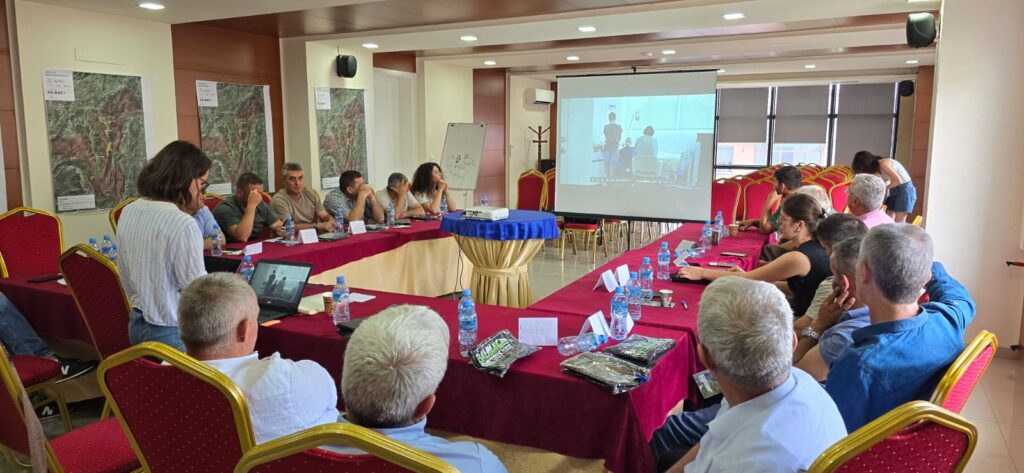
- Face-to-face outreach and field engagement were key in building trust and credibility with communities.
- Campaign success often relied on support from respected local figures — prosecutors, teachers, veterinarians — who helped carry the message forward within their networks.
Recommendations for future communication
1. Make it relatable
- Frame the issue in ways that matter to people’s lives — linking it to health, pets, livestock, food safety, or livelihoods can make it more urgent and real.
- Use stories that feature well-known species or actual local cases or stories to help create an emotional connection.
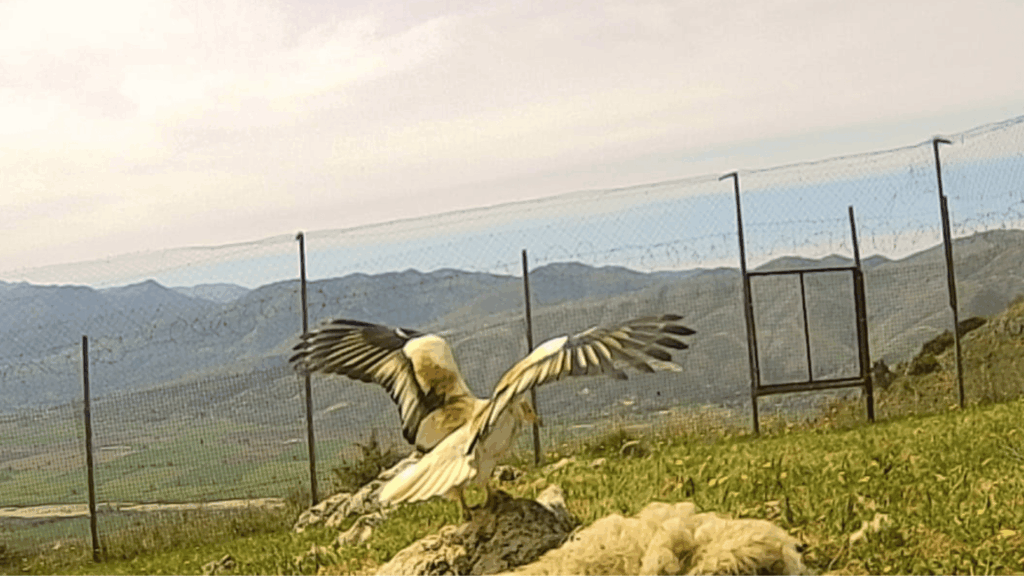
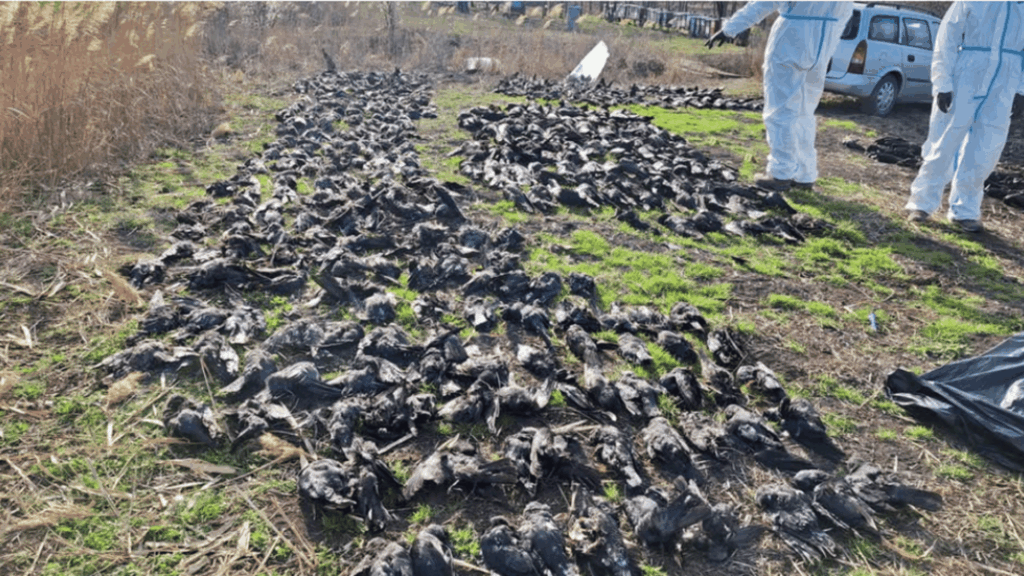
2. Use formats that fit the context
- For rural audiences, avoid formal lectures. Posters, radio, and straightforward printed materials are often more effective.
- Make sure messaging is adapted to the audience’s daily reality — clear, visual, and culturally relevant.
3. Link communication to action
- Support awareness with visible, practical work — such as patrols, training sessions, or providing first-aid kits for their animals.
- Don’t just aim to inform; use communication to reinforce real-world responses and solutions.
4. Build credibility through collaboration
- Work alongside trusted institutions and local individuals to strengthen your message and widen its reach.
- Maintain long-term relationships with media, and back every message with solid information and strong visual content.
The BalkanDetox LIFE project made it clear: communication can be a powerful force in confronting illegal wildlife poisoning, even in difficult and sensitive environments. But success isn’t just about raising visibility. It’s about building trust, encouraging empathy, and linking messages to real, tangible action. Effective communication needs to be strategic — shaped by who the audience is and what their local reality looks like. It should also use emotion, using relatable stories or species to encourage human connection. It needs to be visual and clear, so that people can understand the issue quickly. And perhaps most importantly, it has to be personal — grounded in real presence, strong relationships, and steady, long-term engagement.
At the same time, we must remember that those who turn to poison baits often do so in response to real challenges— threats to their animals, their income, or even their safety. That doesn’t excuse the act, but it means we have to meet people where they are. We need to listen, understand what matters to them, what they care about, and how our message — and our actions — can help solve problems without resorting to a crime that puts wildlife, domestic animals, and people at risk. Communication alone won’t solve the problem, but without it, solutions will be much harder to reach.
The BalkanDetox LIFE project

The ‘BalkanDetox LIFE‘ project aims to strengthen national capacities to fight wildlife poisoning and raise awareness about the problem across Albania, Bosnia & Herzegovina, Bulgaria, Croatia, Greece, the Republic of North Macedonia and Serbia. It is a five-year endeavour with a €1.8 million budget that received funding from the EU’s Programa LIFE and co-funding by the Vulture Conservation Foundation, the MAVA Foundation and Euronatur. Project partners are the Vulture Conservation Foundation as the coordinating beneficiary, and the Albanian Ornithological Society, Association BIOM, Bird Protection and Study Society of Serbia, Fund for Wild Flora and Fauna, Hellenic Ornithological Society, Macedonian Ecological Society, Ornitološko društvo NAŠE Ptice and the Protection and Preservation of Natural Environment in Albania as associated beneficiaries. Furthermore, this project is based on Spanish best practice experience and counts on the support from the Junta de Andalucía and the Spanish Ministry for the Ecological Transition and the Demographic Challenge.

